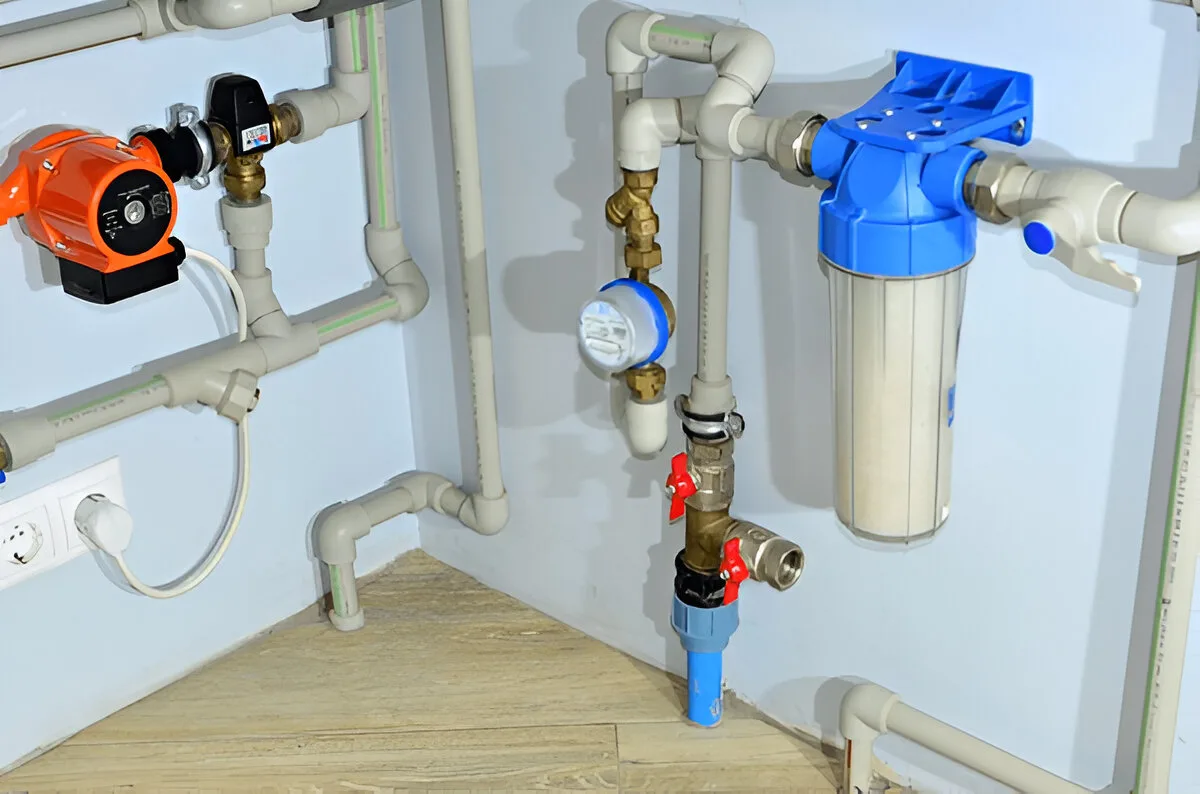Water circulation in your home is an essential yet often overlooked system that ensures you have access to clean water for drinking, cooking, cleaning, and bathing. Understanding how it works can help you maintain your plumbing system and identify potential issues before they become major problems.
The Water Supply System
Water enters your home through a main supply line, usually connected to a municipal water source or a private well. The water is pressurized to ensure it can reach all faucets, appliances, and fixtures throughout your house. In most homes, the supply line connects to a water meter that measures your usage, and a shut-off valve allows you to stop the flow of water if needed.
Once inside, the water supply system splits into two distinct lines:
- Cold Water Line – This delivers unheated water to fixtures such as sinks, toilets, and washing machines.
- Hot Water Line – This directs water to your water heater before distributing it to fixtures that require warm water, such as showers, dishwashers, and kitchen sinks.
Water Heating and Distribution
Your water heater plays a crucial role in your home’s circulation system. Depending on the type of water heater you have—tank or tankless—it will either store and heat water in a large reservoir or heat water on demand as it flows through the pipes. The heated water then travels through the hot water line, ensuring you have warm water whenever you turn on a hot water tap.
If you ever notice inconsistent hot water, strange noises, or leaks, you may need to contact a heating repair company to inspect your water heater and ensure it’s functioning properly.
Drainage and Waste Removal
Once water has been used, it needs to exit your home safely. The drainage system, also known as the wastewater system, is responsible for carrying used water away. This system relies on gravity and ventilation pipes to move water out efficiently. It connects to either a municipal sewer system or a private septic tank, where wastewater is processed and treated.
Unlike the supply system, drainage pipes are not pressurized. Instead, they are designed with a downward slope to allow water to flow naturally. To prevent gases and odors from entering your home, drainpipes have P-traps, which hold a small amount of water to create a seal.
Maintaining Your Home’s Water Circulation
To keep your water system in good condition, consider the following maintenance tips:
- Regularly check for leaks, drips, and water pressure issues.
- Flush your water heater annually to remove sediment buildup.
- Avoid pouring grease or debris down drains to prevent clogs.
- Insulate exposed pipes in colder months to prevent freezing.
By understanding how water circulates in your home, you can take proactive steps to maintain your plumbing system, reduce water waste, and ensure a steady flow of clean water throughout your household.

